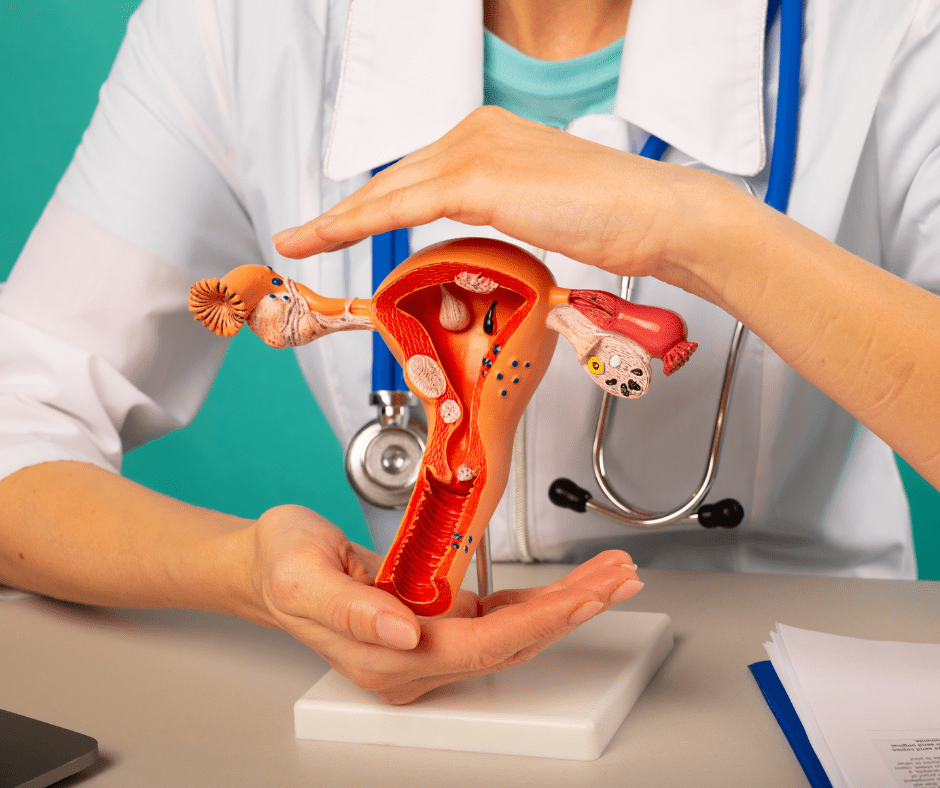Vaginismus is a medical condition characterized by involuntary and painful muscle contractions of the pelvic floor muscles, specifically the muscles around the vagina. These contractions can make penetration, such as during sexual intercourse or the insertion of tampons, extremely difficult or even impossible. Vaginismus is considered a sexual pain disorder and can significantly impact a person’s emotional well-being and intimate relationships.
Causes:
- Psychological Factors:
- Anxiety or Fear: Fear of pain or anxiety related to previous negative sexual experiences can contribute to vaginismus.
- Trauma: Past sexual trauma or abuse may lead to involuntary muscle spasms.
- Physical Factors:
- Infections or Inflammation: Vaginal infections or inflammation can cause discomfort and contribute to vaginismus.
- Hormonal Changes: Fluctuations in hormone levels, especially during menopause, may play a role.
- Relational Factors:
- Communication Issues: Poor communication with a partner can contribute to stress and anxiety during intimate moments.
- Relationship Dissatisfaction: Emotional or relational issues may manifest as physical discomfort.
Symptoms:
- Involuntary Muscle Contractions:
- Involuntary tightening or spasms of the muscles around the vagina, making penetration difficult or impossible.
- Pain During Intercourse:
- Pain or discomfort during attempts at penetration, even with minimal pressure.
- Anxiety or Fear of Intercourse:
- Anticipatory anxiety or fear of pain before or during sexual activity.
- Avoidance of Intimacy:
- Avoidance of sexual activities or reluctance to engage in intimate situations.
Treatment:
- Pelvic Floor Physical Therapy:
- Kegel Exercises: Strengthening exercises to relax and control pelvic floor muscles.
- Manual Therapy: Hands-on techniques to release muscle tension.
- Counseling and Psychotherapy:
- Sexual Counseling: Addressing psychological factors contributing to vaginismus.
- Cognitive-Behavioral Therapy (CBT): Addressing negative thought patterns and anxiety.
- Gradual Desensitization:
- Sensate Focus Exercises: Gradual exposure to pleasurable touch, helping to reassociate sexual activity with positive experiences.
- Dilator Therapy: Gradual use of vaginal dilators to increase comfort with penetration.
- Medical Interventions:
- Topical Anesthetics: Temporary use of numbing agents to reduce pain during attempted penetration.
- Botox Injections: In severe cases, injections to temporarily relax overactive pelvic floor muscles.
- Couples Counseling:
- Enhancing communication between partners.
- Educating partners about vaginismus to foster understanding and support.
- Treatment of Underlying Conditions:
- Identifying and addressing any underlying physical conditions contributing to vaginismus, such as infections or hormonal imbalances.
Successful treatment often involves a combination of these approaches, tailored to the individual’s specific needs. It is important to consult with healthcare professionals, including gynecologists, sex therapists, and physical therapists, to create a comprehensive treatment plan addressing both the physical and psychological aspects of vaginismus.

Dr. Rameez Shaikh (MBBS, MD, MIPS) is a consultant Psychiatrist, Sexologist & Psychotherapist in Nagpur and works at Mind & Mood Clinic. He believes that science-based treatment, encompassing spiritual, physical, and mental health, will provide you with the long-lasting knowledge and tool to find happiness and wholeness again.
Dr. Rameez Shaikh, a dedicated psychiatrist , is a beacon of compassion and understanding in the realm of mental health. With a genuine passion for helping others, he combines his extensive knowledge and empathetic approach to create a supportive space for his patients.

